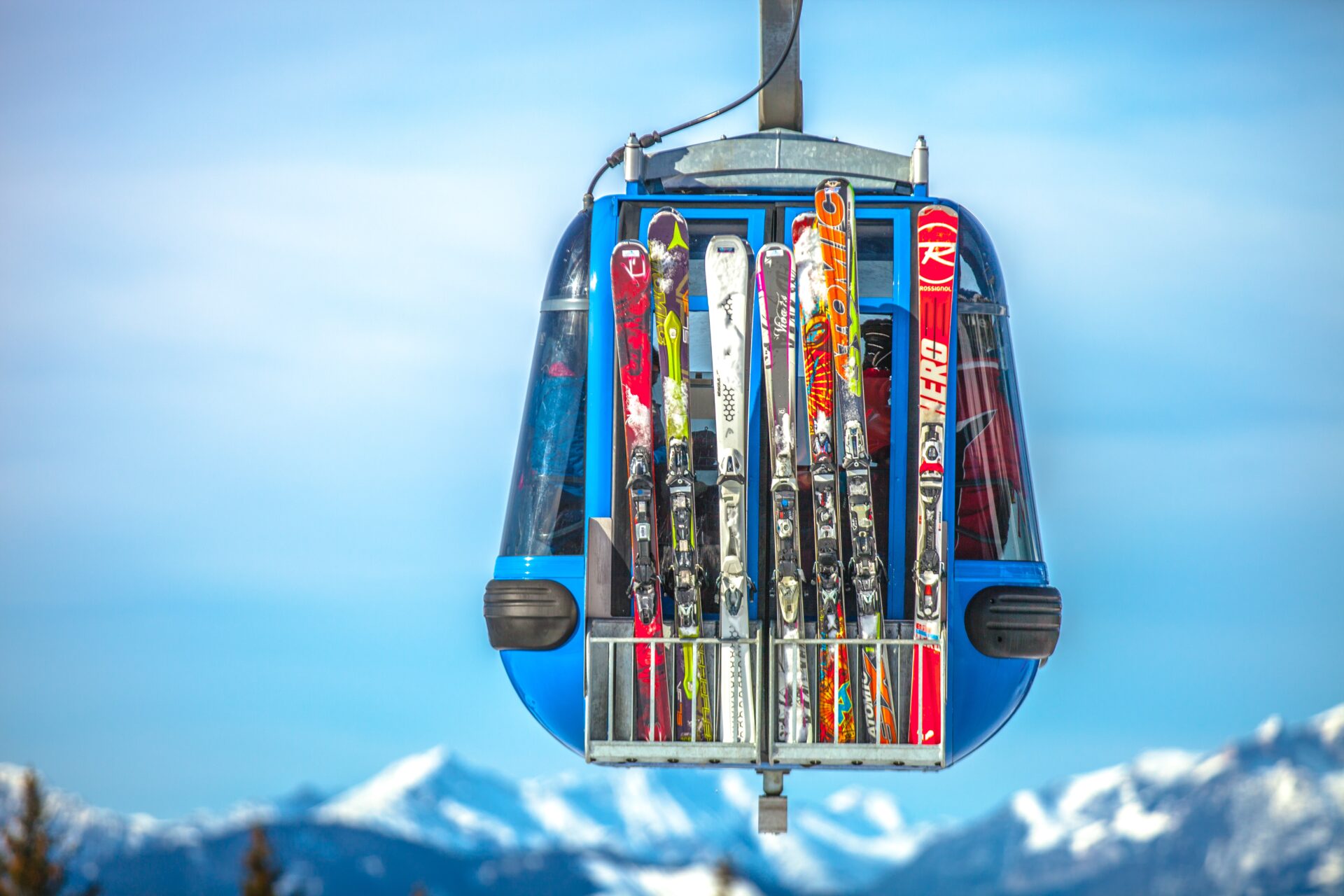
Austrian Tourism Industry on the Upswing
2021, the second year marked by COVID-19, showed a mixed overall touristic performance: with 79.6 million overnight stays and 22.1 million arrivals recorded in the calendar year, 2021 had 18.7 percent and 18.3 million fewer overnight stays than the first crisis year of 2020 – the lockdown-related loss of the high-revenue months of January to March had a very negative impact on the annual balance in 2021 compared to 2020. As a result, tourism demand in 2021 barely reached half the volume of the pre-crisis level in 2019, with domestic demand once again proving to be a stabiliser of the domestic tourism industry. The provinces in western Austria, which are highly dependent on winter sports, suffered particularly from the lockdown in the first half of 2021, and city tourism in Vienna also fell short of the pre-crisis level by almost three quarters in 2021, despite slight growth in overnight stays compared to 2020.
Due to the lockdown from mid-November to mid-December, the preliminary winter season 2021-22 (November to December 2021) has so far recorded just under 9.4 million overnight stays (–43.6 percent compared to the same period in winter 2018-19). However, ski tourism in western Austria in particular, recovered very quickly with the reopening in mid-December (Salzburg +222.3 percent, Tyrol +214.2 percent, Vorarlberg +262.8 percent, Austria as a whole +87.3 percent compared to the previous month of November). Thus, according to initial WIFO estimates, nominal revenues in Austrian tourism (including day trips as well as visits by relatives and acquaintances) amounted to 2.42 billion € in the winter pre-season (November to December 2021; –38.5 or –43.6 percent in real terms compared to the same period of the 2018-19 normal season).
The very rapid spread of the omicron variant from the beginning of January 2022, with new highs in the number of infected persons in Austria, clouded the mood again from the beginning of the year. Despite these high infection figures, however, there is still a slight increase in the workload of hospitals, which in turn has led to a relaxation of the pandemic measures in Austria, from which tourism can benefit. Combined with a visibly unbroken desire to travel, these developments give hope that the recovery in tourism will continue in the months of February and March, which are so important for the Austrian tourism industry.
However, it is difficult to translate the tourism effects of the change in strategy in Austrian pandemic management into more precise forecasts. Guests and businesses alike are suffering from the ever-changing and complex rules, but on the other hand they are also adapting more quickly to pandemic-related changes: many bookings are made at short notice, and establishments are accommodating guests with flexible cancellation conditions. If we assume that the peak of the pandemic has been overcome despite the high level of uncertainty and that demand – especially from local markets – is slowly approaching pre-pandemic levels, the total volume of overnight stays for the winter season 2021-22 would be 56.7 million (–22.2 percent compared to the last normal season 2018-19).

























